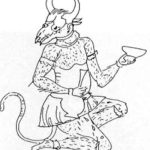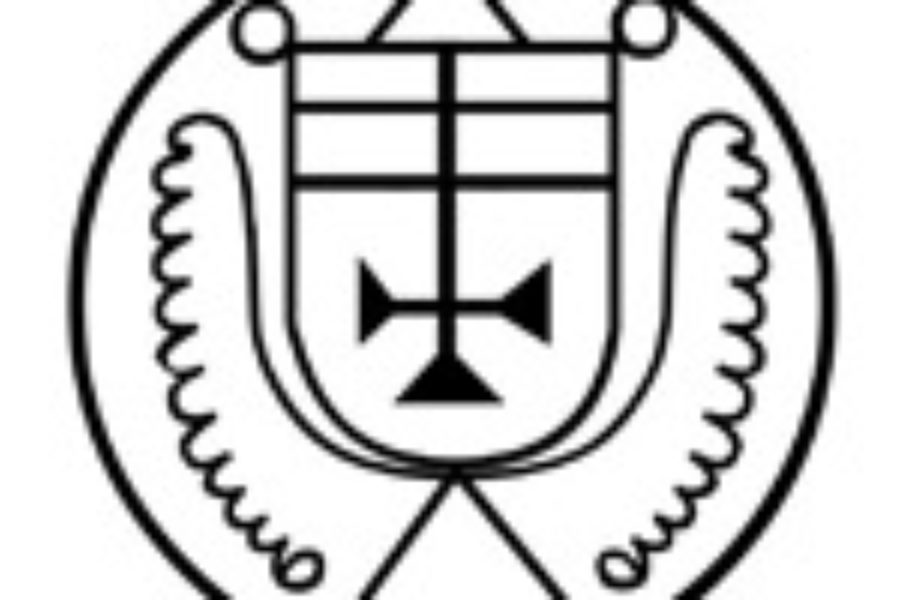 The Daevas were a class of demons in Zoroastrianism that chose to followAngra Mainya. The Gathas mentions three daevas, Aka Manah, Druj, and Aeshma.
The Daevas were a class of demons in Zoroastrianism that chose to followAngra Mainya. The Gathas mentions three daevas, Aka Manah, Druj, and Aeshma.
Aka Manah
Aka Manah (‘Evil Mind’) was created by Angra Mainya to oppose Vohu Manah (‘Good Mind.’) He is second in command, next to his father, Angra Mainya, in the host of demons. Aka Manah was said to have supported the demon Buiti when he attacked Zarathustra. In the final conflict of this present cycle, he will be overcome by Vohu Manah, and Angra Mainya will become powerless and flee.
Druj
Druj (‘liar’ or ‘deceiver’) is the female incarnation of wickedness, and a chief rival of Asha. She appears in both the Gathic and in the later period. In the later period, the idea is pluralized, and the Druj becomes the embodiment of the Evil Spirit through whom Ahriman works. In later Avestan texts, the term refers to a class of female demons, and the name is also applied to later demons or even wicked people. The demon Buiti is called a Druj. In theVendidad, uncleanness of body is also personified as Druj Nasu and is said to spread corruption in the world. Druj Nasu dwells in the mountain, Aresura, in the northern region. As soon as a soul leaves a body, she flies down from the mountain in the shape of a fly, and seizes the corpse. This demon can be driven away by specific holy spells, or the gaze of ‘a yellow dog with four eyes, or the white dog with yellow ears.’ (Vend. viii.16-18)
Aeshma
Aeshma is known as the ‘fiend of the wounding spear,’ (Yasht xi.15) and is the demon of wrath and fury. Sraosha is his greatest opponent. According to Darmesteter, he was originally the leader of the Dryvants, or ‘storm-fiends,’ but was later converted into the principle of ‘the demon of rage and anger,’ and became an expression for all moral wickedness. It is thought that Aeshma became Asmodeus (‘the evil demon’) in the Book of Tobit.
Azi Dahaka
Azi Dahaka (‘fiendish snake’) is conceived of as partly demonic and partly human. He was probably originally the ‘snake’ of the storm-cloud who was a counterpart of the Vedic Ahi or Vrita. In the Yasht, he is described as struggling for the Hvareno, or Kingly Glory, against Atar (Fire). In the Shah Namah, he appears as a man with two snakes springing from his shoulders. These snakes were have said to have grown from a kiss bestowed byAhriman. At the renovation, Azi Dahaka will be put in chains on Mount Demavand; but in the end, he will break loose from the bonds and return to disturb creation.







